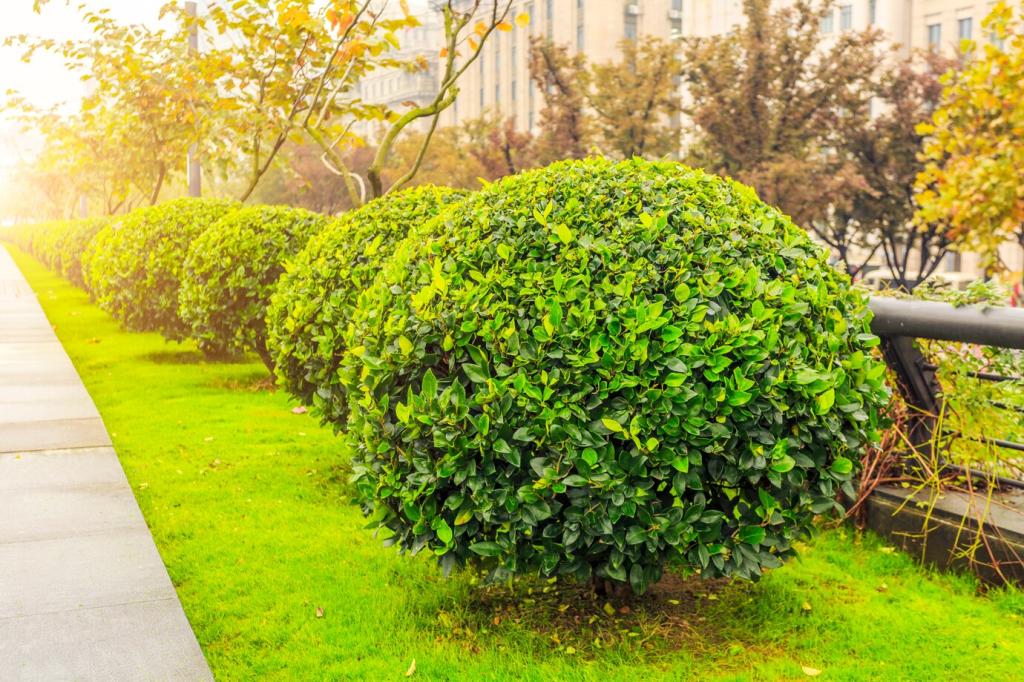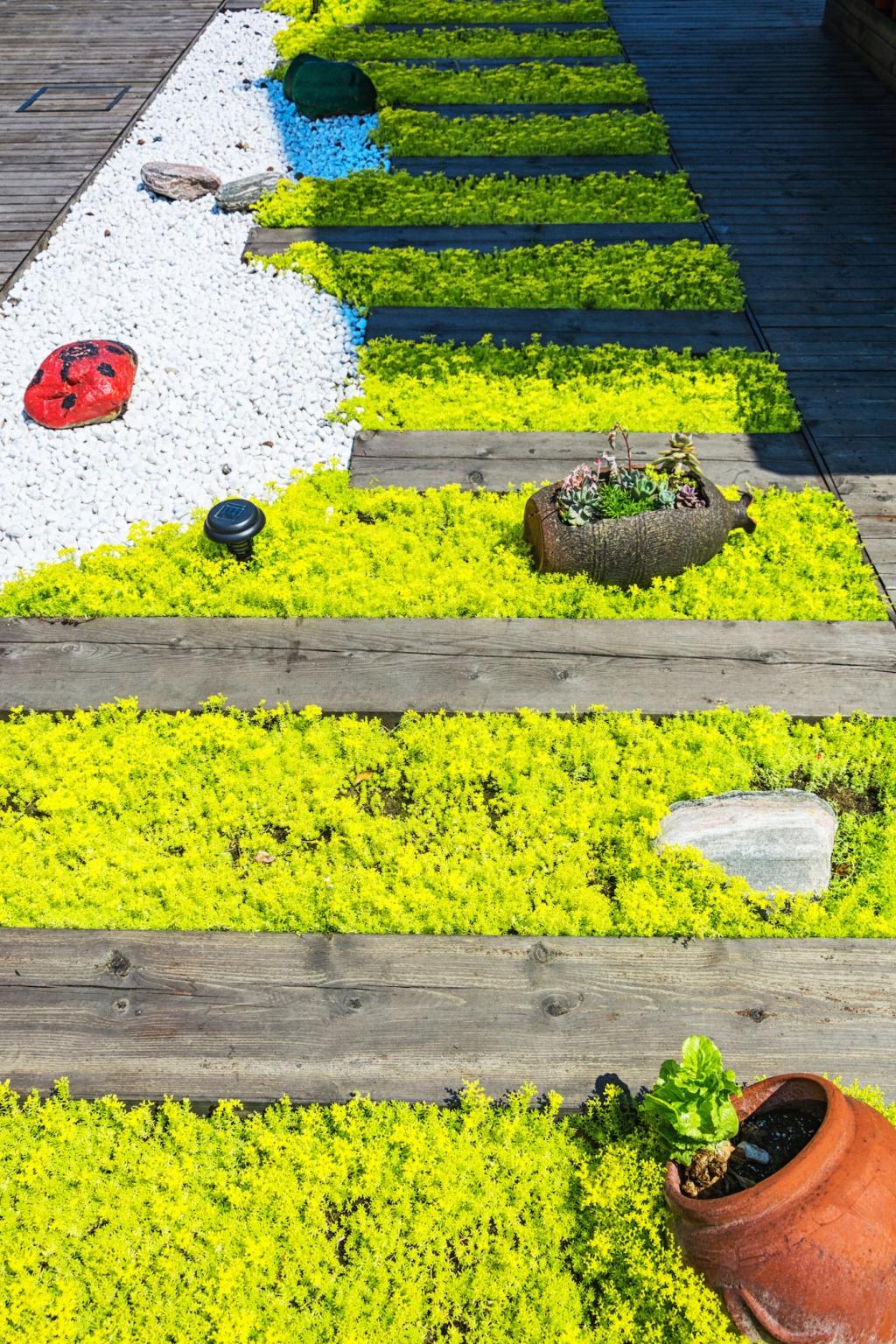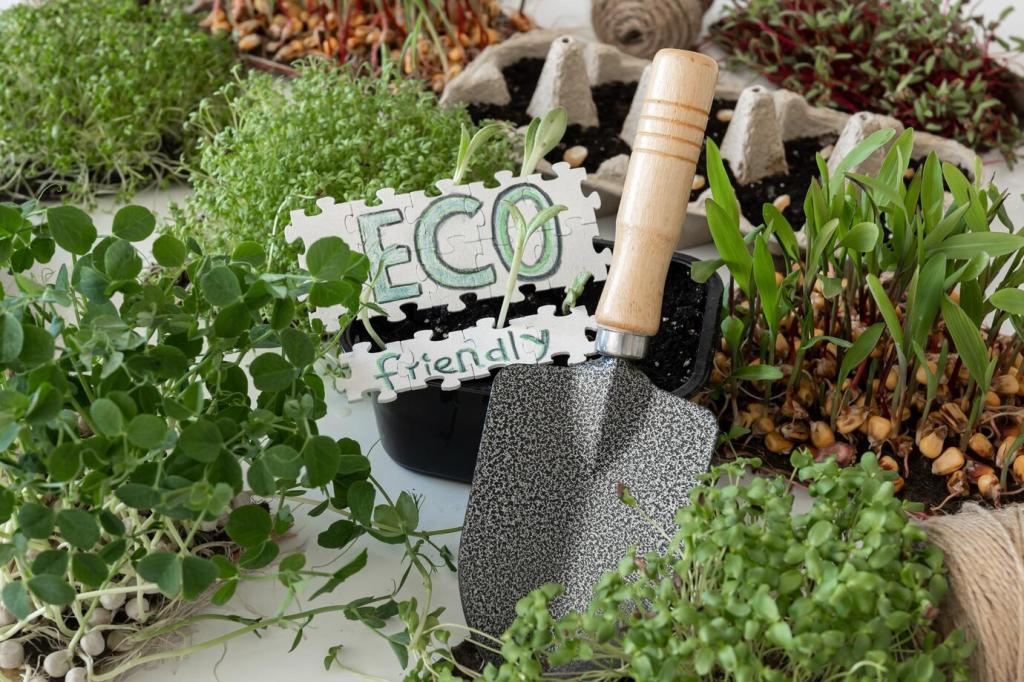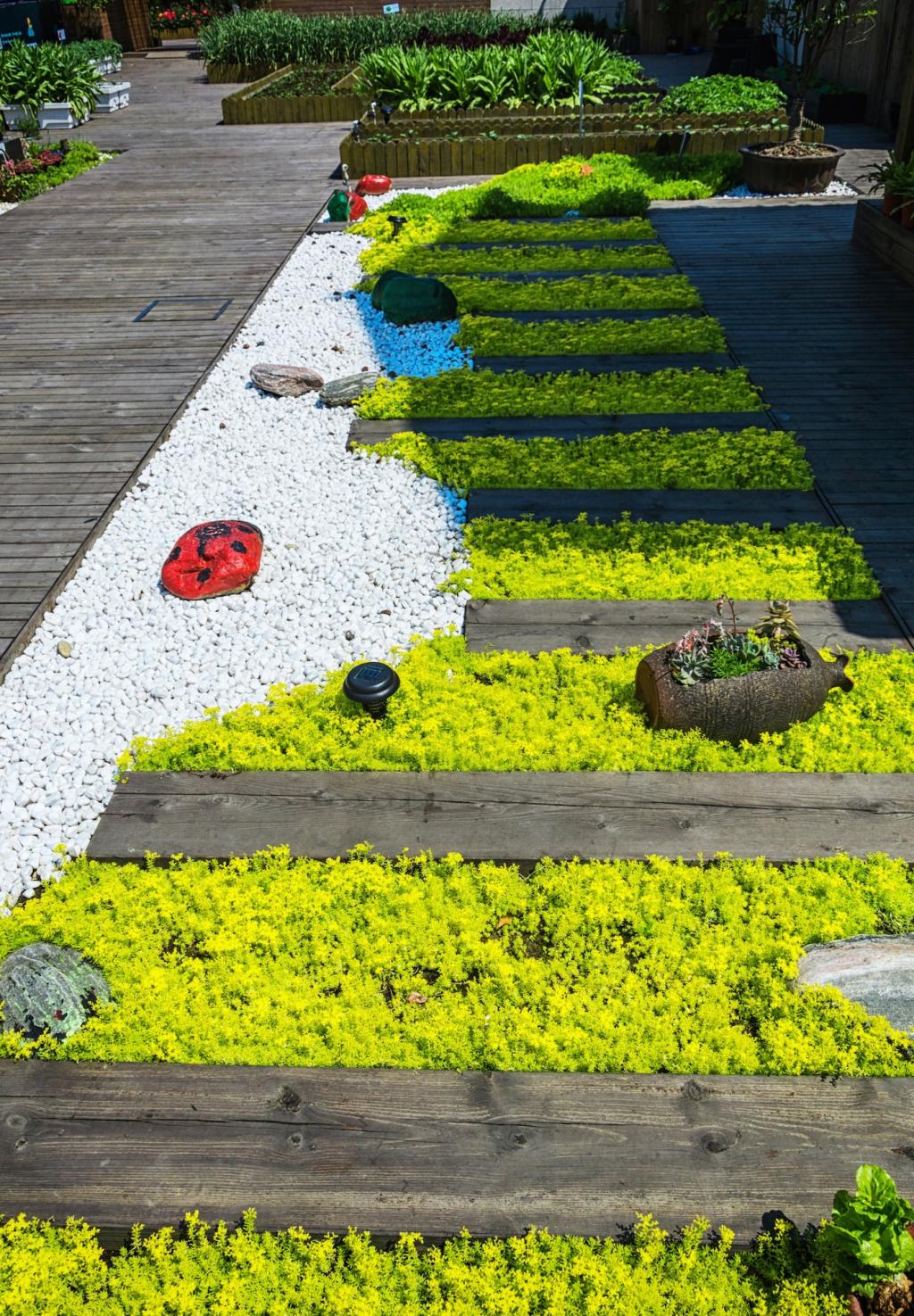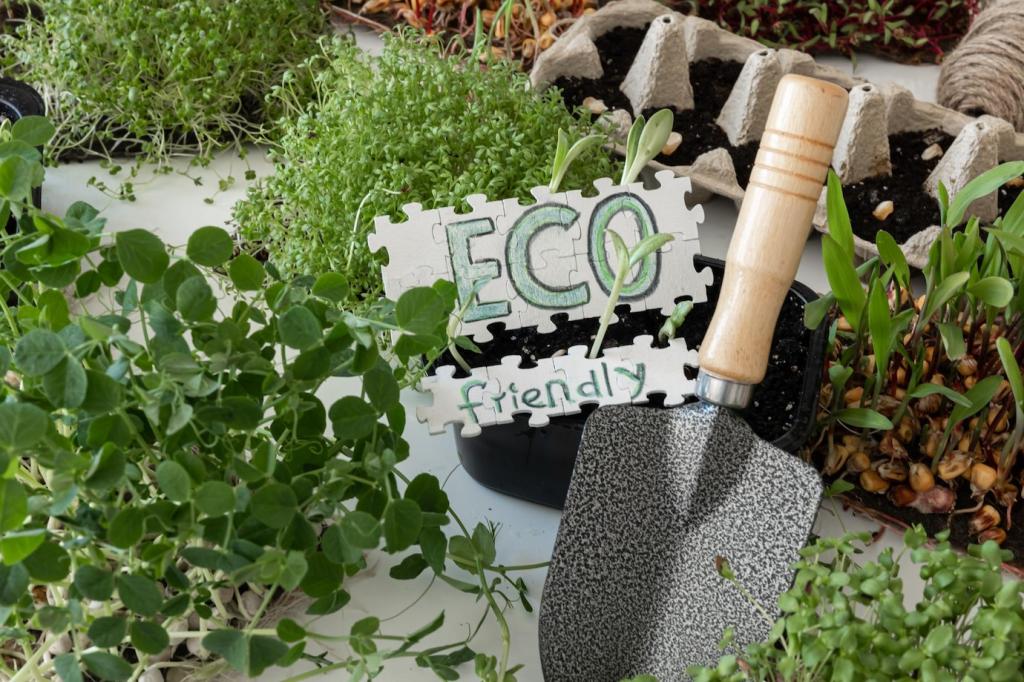Safety, Longevity, and Community Exchange
Favor food-grade plastics, heat-treated wood, and unpainted metal. Avoid old pressure-treated lumber with unknown chemicals and flaking paint. When unsure, use questionable items for ornamentals only. Share your sourcing checks to help everyone garden confidently with reused materials.
Safety, Longevity, and Community Exchange
Wash finds with mild soap or vinegar, sun-dry, and sand sharp edges. Protect wood with plant-safe finishes like raw linseed oil. Post your prep steps and how they extended the life of your creations, and subscribe for our seasonal maintenance checklist.


